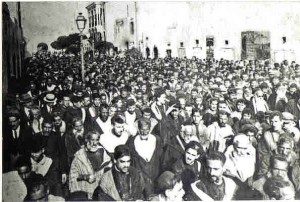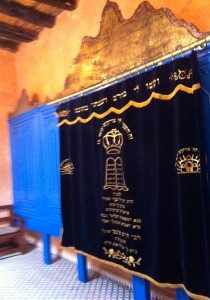Essaouira owes much of its past, present and future to its situation on a bay sheltered from the fierce trade winds of the Atlantic Ocean by an archipelago of small, rocky islands. Towards the end of the 18th century, Sultan Sidi Mohammed Ben Abdullah (Mohammed III) created a strategic role for Essaouira in his new trade policy oriented towards the Atlantic. He instructed the construction of the Kasbah (King’s Quarters) and the Skala fortifications which became the basis for the medina (old city) we see today. He ordered the closure of Agadir harbor, further south, and effectively routed a large amount of trade between Europe and West and Central Africa through his new port. The Sultan was the first Head of State to recognize US Independence in 1776, thereby creating a strategic linkage in support of his trade objectives in Morocco.
Tag: Essaouira Mellah
In the new Moroccan constitution adopted in 2011 in the context of the Arab Spring , His Majesty King Mohammed VI reaffirmed the “Hebrew distinctive characteristic” of Morocco as ” one of the age-old pieces ” of “its national identity”” and he called for “the restoration of all the Jewish temples ” in the Kingdom. In a message at the restoration ceremony of the 17th century Slat al Fassayine Synagogue in Fes, King Mohammed VI reiterated his commitment to religious freedom and spiritual diversity, and emphasized the importance of the three-thousand-year-old Jewish legacy in Morocco.


